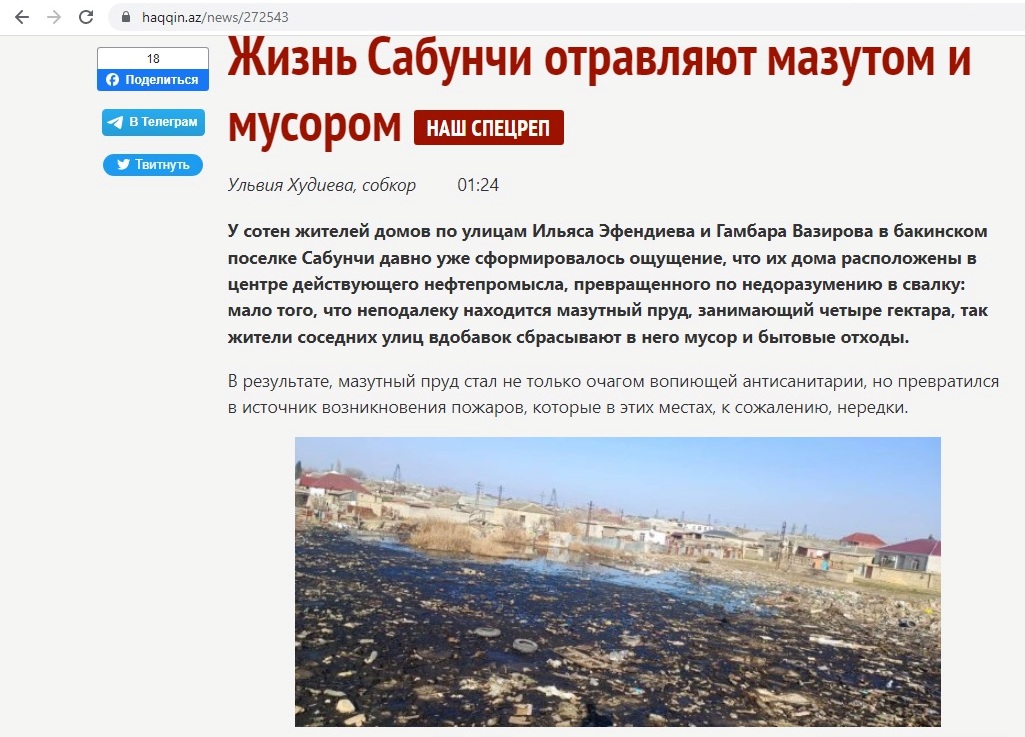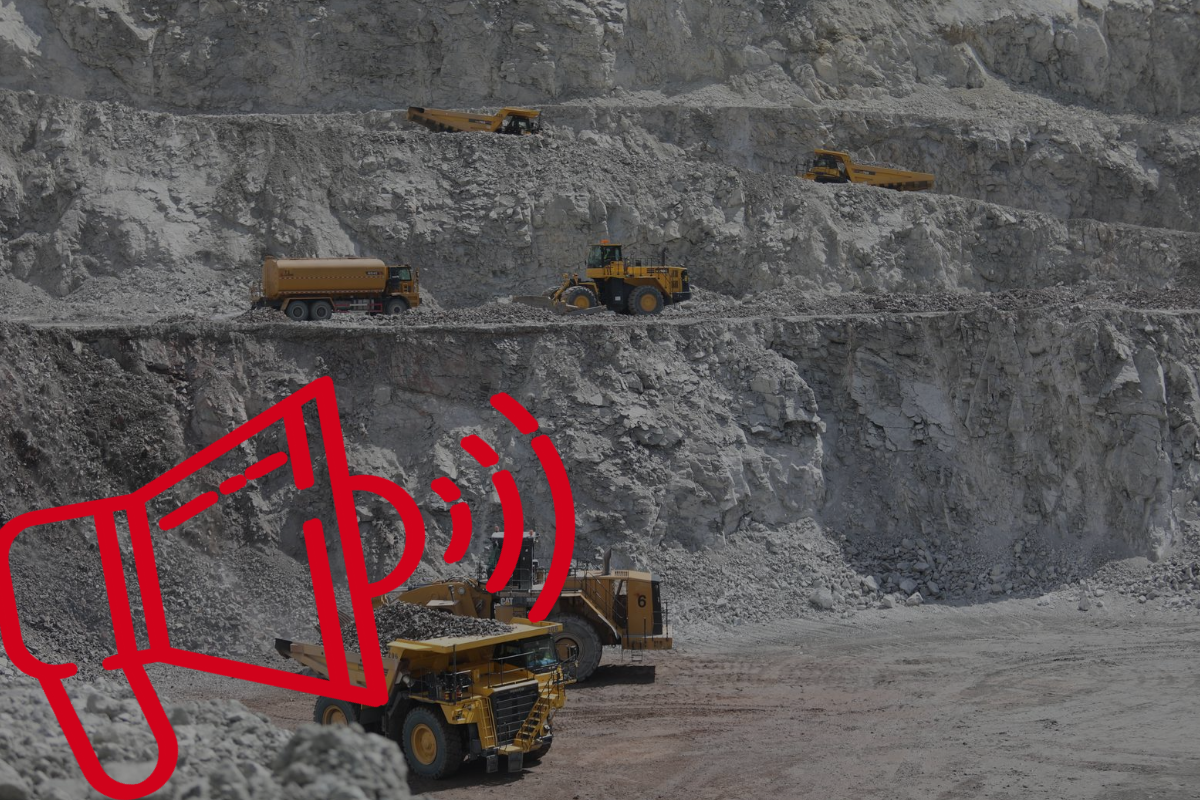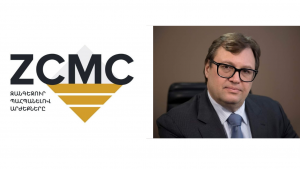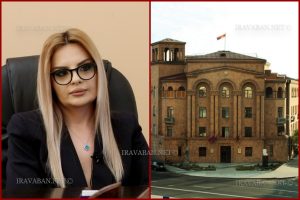One of the main targets of Azerbaijan’s attacks in recent years is Armenia’s economy, especially the mining sector.
Recently it became known that 20 civil society organizations from 9 countries and 7 international environmental and human rights organizations joined the CEE Bankwatch Network’s letter to the European Bank for Reconstruction and Development on 15 September, where they call for a review of the 2024-28 investment strategy in the mining sector. Among those 9 countries are Armenia, Georgia, Azerbaijan, Ukraine, Mongolia, Albania, Bosnia and Herzegovina, Uzbekistan and Ugandan environmental NGOs. They call on the EBRD to give preference to economies working with a closed production cycle, to pay attention to the reduction of industrial waste and its possible recycling, to exclude mining investments in countries that do not comply with international environmental laws, to define prohibited areas and prohibited technologies, to guarantee the awareness and consent of the population.
The appeal to the EBRD targets the mining industry of Armenia as well. It would not be superfluous to note that the mining industry is the main sector of the Armenian economy and accounts for more than half the volume of the country’s exports. The sector is suffering losses at the moment. The official statistics on the socio-economic situation summarizing the first half of 2023 indicate that the mining industry is in decline in Armenia. This year, compared to the same period of the last year, the total production volumes of this sector decreased by around 7 percent.
It is noteworthy that from the Armenian environmental organizations, “EkoLur” Information NGO, “Armenian Environmental Front” Voluntary Civic Initiative, “Armenian Women for Health and Healthy Environment” NGO and “Green Armenia” Environmental and Educational NGO joined the mentioned letter.
“EcoLur” information NGO presented a clarification on the issue, noting that civil society organizations suggested to the bank to be guided by the following approaches during investments:
- Prioritise the circular economy over just mining;
- Focus on reducing material footprints and promote recycling;
- Ensure that no mining investments are made in countries that do not enforce environmental laws;
- Define no-go zones and prohibited technologies;
- Guarantee Free Prior Informed Consent for Indigenous Peoples and consent from all affected communities;
- Deliver tangible benefits to local communities in the countries where the EBRD operates.
To remind: just a few days ago, the Azerbaijani media used Inga Zarafyan’s comment, targeting mining companies in Armenia.
The representative of the “Armenian Environmental Front” initiative stated in a conversation with Iravaban.net that they do not want to make any comments regarding the mentioned letter due to the current situation in the country. After several prompts, the representative of the organization understood what the letter was about. It was not possible to contact other NGOs.
It is not superfluous to mention that before joining various statements, letters and messages, it is first necessary to assess its impact on the country’s economy and be guided by the principle of doing no harm.
It should also be noted that while Azerbaijan is still trying to “deal” with Armenia’s environmental issues, it ignores the existing problems in the territory of its country, for example, the settlement of Sabunchi near Baku, where thousands of residents are poisoned by fuel oil and garbage.

The “environmental activists” sent by the Azerbaijani authorities, however, do not notice the ecological problem that has arisen under their own noses, or their goal is different: to terrorize the civilian population (in this case, Artsakh), and in Sabunchi, residents are already frightened by waste from President Ilham Aliyev’s oil refineries.
An Azerbaijani journalist made a report from the scene under the title “Sabunchi’s life is being poisoned with fuel oil and garbage”, where he notes that thousands of residents in the settlement near Baku have long had the feeling that their homes are located in the center of active oil fields that have turned into a dump. Nearby there is a four-hectare fuel oil pond where residents dump garbage and household waste.
















